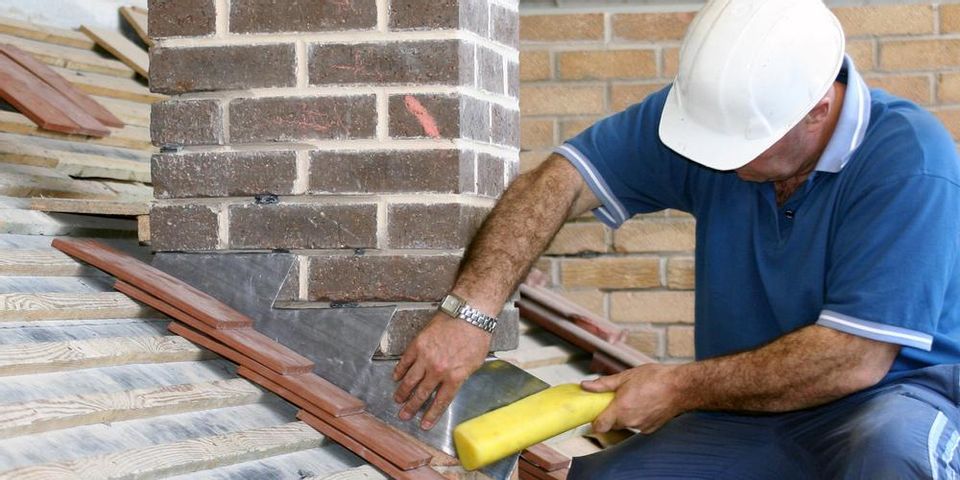
While you might be reasonably familiar with the function of shingles and gutters, your roof contains other, equally important components. Flashing, for example, deserves much of the credit for diverting rainwater and snowmelt away from vital structures. If you're planning to call a roofing contractor for repairs or a replacement, here's an overview of what flashing does and why it’s important that it’s installed correctly.
What Is Roof Flashing?
 Metal flashing refers to thin pieces of aluminum, stainless steel, and other weatherproofed metals, which are installed on your roof to keep water from getting beneath shingles. It is strategically placed at joints, such as where your roof connects with walls, or around where your chimney protrudes. Without it, these areas would be much more susceptible to leaks over time.
Metal flashing refers to thin pieces of aluminum, stainless steel, and other weatherproofed metals, which are installed on your roof to keep water from getting beneath shingles. It is strategically placed at joints, such as where your roof connects with walls, or around where your chimney protrudes. Without it, these areas would be much more susceptible to leaks over time.
What Types of Flashing Are There?
Drip flashing is placed along the eaves of your roof, whereas skylight and vent pipe flashing are designed to protect the sides and edges where the window and roofing meet. Valley flashing helps protect the low point between sloped pieces of the roof. Almost all types incorporate step flashing as well. Installing it can be a complicated process and requires a trained hand, which is why finding a qualified roofing contractor is important. A reliable installation will ensure your home is protected from the weather and that you can get several decades of use out of your new roof.
For roof flashing, repairs, and more, turn to A-J Roofing, the leading roofing contractor in Lincoln, NE. Their skilled team has served the area since 1983 and can work with a variety of roofing types on both commercial and residential buildings. They’re proud to provide custom roofing solutions in-house and will ensure you get results that you can rely on. Call (402) 476-7905 to schedule a consultation with a roofing contractor or visit them online to explore their services further. You can also connect on Facebook for regular news and updates.
About the Business
Have a question? Ask the experts!
Send your question

